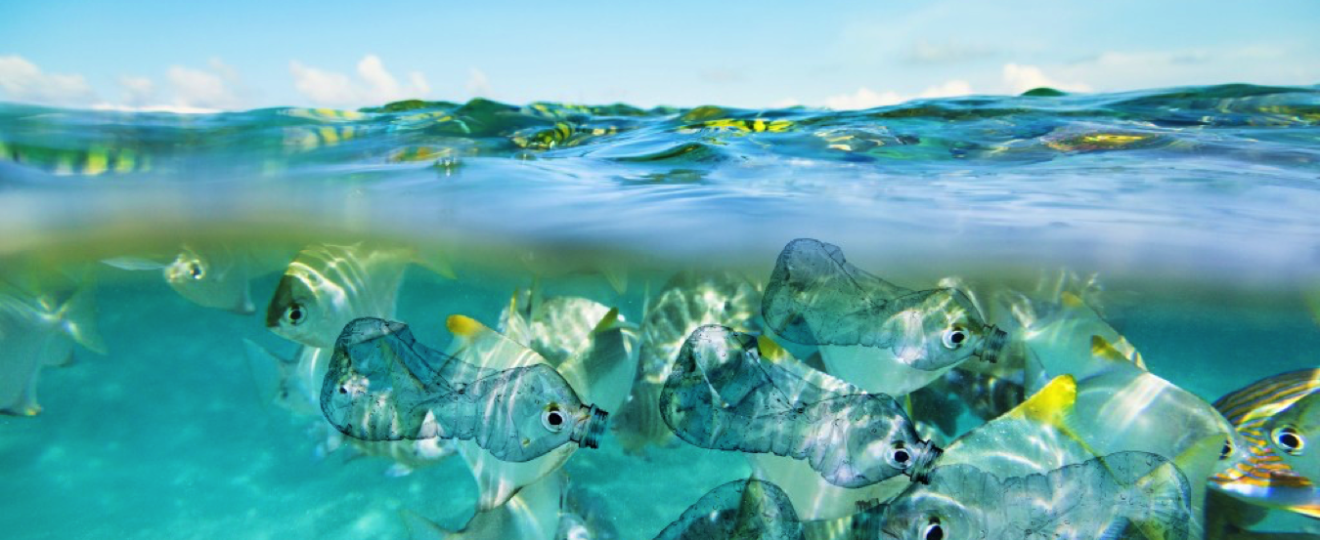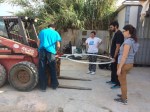Day 4
Day 4
After the usual sampling of the bulk water we had a meeting all together to discuss about how the experiment is going on. Manolis showed the graphs with the latest concentration of the nutrients and it was clear that the numbers weren’t so high, even if we could see a normal, but low, distribution of the nutrients… We decided to go on with the values we had, without adding anything. We wanted to see natural conditions. Anastasia showed us the graphs for the growth of bacteria: there’s a peak of bacteria in day 3 and then, probably a drop of heterotrophic ones as the nutrients decrease. Being in a meeting with so many researchers seems like a film scene where everyone says his opinion and adds something to the discussion according to their knowledge and studies. It’s very challenging!

The twilight in Gournes, after the whole day working

 , about 30 ml for the filtration of the CDOM by myself, 10 ml for the analysis by flow cytometry by Anastasia and Anastasia II (the same name, the same beginning of the surname… and the same passion!). The last milliliters are for Luisa who collects the filters painted by the stains in blue to check them at the microscope. For the bulk, today it’s up to Manolis and Anastasia and as soon as the water is collected, Santi takes about 2,5 liters for the filtration of the chlorophyll and particulate organic carbon. It’s very hot today, the rain has gone and also the summer is coming! But we start organizing and taking confidence with the roles in the experiment, so everything seems easier and the team gets on very well!
, about 30 ml for the filtration of the CDOM by myself, 10 ml for the analysis by flow cytometry by Anastasia and Anastasia II (the same name, the same beginning of the surname… and the same passion!). The last milliliters are for Luisa who collects the filters painted by the stains in blue to check them at the microscope. For the bulk, today it’s up to Manolis and Anastasia and as soon as the water is collected, Santi takes about 2,5 liters for the filtration of the chlorophyll and particulate organic carbon. It’s very hot today, the rain has gone and also the summer is coming! But we start organizing and taking confidence with the roles in the experiment, so everything seems easier and the team gets on very well!


 y hard day at HCMR but really important for our experiment: we prepared and cleaned all the equipment for the experiment with diluted HCl and water! It seems easy, but to wash each tank at least 3 people were needed!
y hard day at HCMR but really important for our experiment: we prepared and cleaned all the equipment for the experiment with diluted HCl and water! It seems easy, but to wash each tank at least 3 people were needed!




